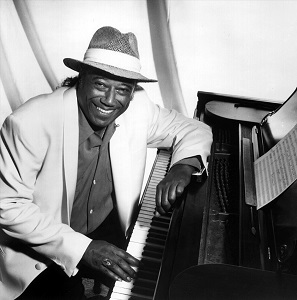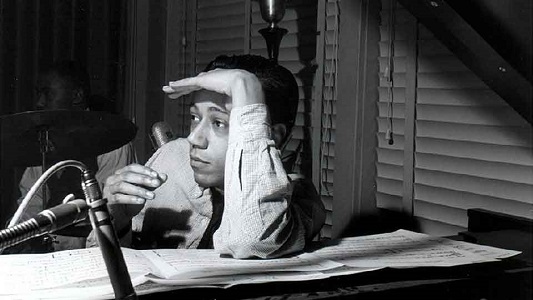Horace Silver

Horace Ward Martin Tavares Silver
Norwalk, Connecticut, U.S.A, 1928 – U.S.A, 2014
Instrumentalist (piano), songwriter
The American pianist and songwriter, appointed as the creator of hard-bop and one of the biggest names in jazz since the 1950’s is a son of a Cape Verdean immigrant from the island of Maio – his last name is the same as songwriter Betú, who is a member of his family: Tavares Silva, being Silver an English adaptation.
According to the website All Music Guide (http://www.allmusic.com/artist/horace-silver-mn0000267354) Horace’s older musical references were from Cape Verdean music that he knew through his father. In an interview to Voz di Povo (07/03/1980), during a stop in Lisbon, when he went to have cachupa at the Cape Verdean Association, he stated: “My childhood was marked by Cape Verde and the mornas. My father and my uncles Chalie and Jack (all Cape Verdean) used to play mornas during the weekend gatherings. They used to cook traditional food and dance”. Silver tells that even as a child he watched them attentively. After a trip to Brazil, upon contacting with Tom Jobim and Bossa Nova – tells in the same interview – he returned to the US impressed with the rhythm. “In my head all of that sounded like the melodies my father used to play”, he states. The only allusion to Cape Verde in his work is Capeverdean blues, theme that was also the title to an album from 1965.
“I spent all my childhood surrounded by Cape Verdeans. Listening to their music but never thought I would use it in my compositions, something that my dad always requested.”
Horace Silver on an interview to Voz di Povo, 07/03/1980
Horace Silver started his musical apprentice by playing the piano and saxophone. Fell in love with the blues and pianists linked to bebop, as Thelonious Monk and Bud Powell. Between 1950 and 1951 he played with Stan Getz, and later with Coleman Hawkins and Lester Young. In 1953, forms a band with Art Blakey, whose first album Horace Silver & The Jazz Messengers, was a milestone in the development of the genre that was later known as hard bop. Several themes in the album became classics. After 1956 he recorded several solo albums that confirmed him as one of the biggest pianists and songwriters of jazz. His concise and percussive style became a model and many musicians that became important jazz names were a part of his band in the beginning of their careers.
In the late 1970’s the musician went through a spiritual awakening that reflects in his attention towards electronic music and vocal and among others in a work titled The United States of Mind. At that time, he stopped recording with the famous Blue Note, creating his own label, Silveto. Later he abandoned it and started recording with Columbia and after that with Impulse and Verve.
Horace Silver published several books about music and in 2006 he launched an autobiography, Let’s Get to The Unity Gritty; The Autobiography of Horace Silver.
His discography includes 40 albums, except those he recorded as a part of bands. The singer Carmen Souza adapted his theme “Song for my father”.


Horace Silver. Source: Internet
Composition
(in the Cape Verdean context)
Song for my father
Discography
(in the Cape Verdean context)
- Capeverdan blues, LP, Blue Note, 1965.